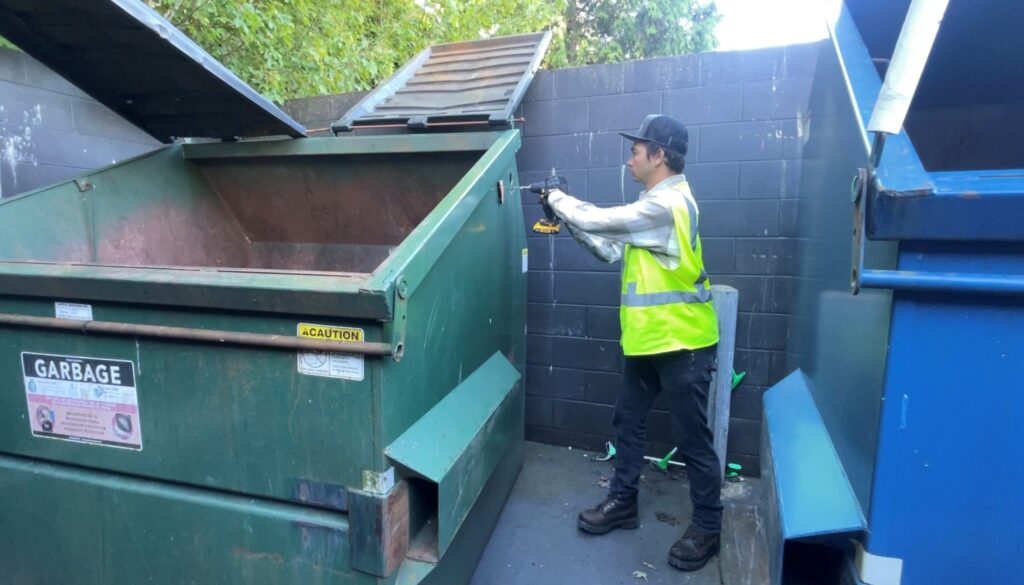As the Resource Conservation Manager for Seattle Schools, I’ve always been on the lookout for innovative solutions to enhance our waste management practices. When we discovered dumpster monitoring, it redefined how we handle waste and its impacts on our budget and environment. The journey has been an eye-opener, revealing the untapped potential in what many […]
As the Resource Conservation Manager for Seattle Schools, I’ve always been on the lookout for innovative solutions to enhance our waste management practices. When we discovered dumpster monitoring, it redefined how we handle waste and its impacts on our budget and environment. The journey has been an eye-opener, revealing the untapped potential in what many see as mere trash.
This article was written by Rina Fa’amoe-Cross, C.E.M.

In the realm of school district operations, waste management often takes a back seat, shadowed by more immediate educational concerns. However, the traditional approach – with its one-size-fits-all mentality – has long been a silent strain on our resources and the environment. Excessively large dumpsters, infrequent pick-ups, and overlooked recycling are just the surface issues. The real challenge lies in finding a balance between operational efficiency and environmental responsibility – a challenge that, until recently, seemed daunting.
This balance was struck when we embraced the dumpster monitoring technology introduced to us by Resource Synergy. The deployment of fullness sensors inside our dumpsters and integrating a sophisticated workflow system marked a significant shift in our approach. This technology enabled us to monitor waste levels accurately, predict service needs, and avoid unnecessary pickups. It’s a classic case of the right technology meeting the right operational need, leading to not just cost savings but also a reduced environmental footprint.

Our experience has been nothing short of transformative. The pilot program we launched in 2022 aimed to tackle recycling contamination and reduce trash costs across a selected 50 schools while lessening frequent collections’ climate impact. The results were immediate and significant. In the first year alone, we observed a substantial reduction in unnecessary waste collections and rightsizing opportunities, leading to 12% in cost savings. With these monitors and systems in place, we’re able to remind haulers of missed pickups, notify them of additional pickups needed, and communicate other waste service requests in one central place – freeing up everyone’s email inbox along the way. The expanded program in 2023 further alleviated the workload on our staff and haulers, proving that efficient waste management is achievable and sustainable.
Our story is a testament to what modern waste management can achieve. It’s not just about Seattle Schools; it’s about setting a benchmark for educational institutions everywhere. The financial and environmental benefits we’ve reaped clearly indicate the broader potential for schools to adopt similar practices. It’s a shift from seeing waste management as a mere operational task to recognizing it as an integral part of educational resource conservation.
Inspired by our success, we enjoy seeing Resource Synergy expand its services to other districts like Mead School District, Portland Public Schools, Issaquah School District, and UW Bothell. Their growth signifies a growing awareness and commitment to sustainable waste management in educational institutions.
Reflecting on our journey, I am filled with hope and excitement for the future. This partnership has not only helped us manage waste more efficiently but has also ingrained a deeper sense of environmental stewardship within our school community. It’s about transforming our approach to waste – from an afterthought to a strategic asset, paving the way for a more sustainable future for our students.